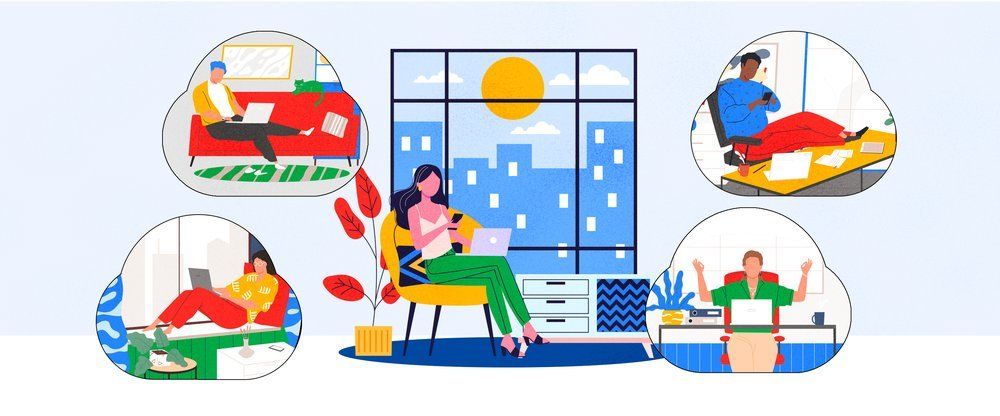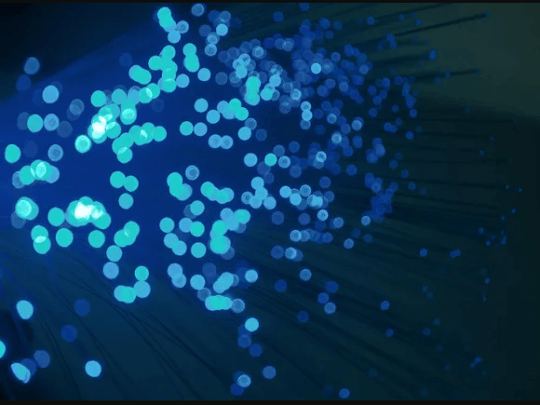Internet Explorer 10 Release Preview now available to Windows 7 users
The “IE10 Release Preview,” as it’s called, appeared on Microsoft’s site early Tuesday and is only available for Windows 7. The newly released Windows 8 already has a full version of IE10 integrated, and the word on the street is Windows Vista (and obviously Windows XP) will not be supported for this release. If this proves correct, it will make Microsoft the first web browser maker to drop Vista support, just as it was the only developer to drop support for Windows XP when IE9 shipped last year.
IE10 is marked as a “Release Preview” to indicate it’s almost done, but some features may not yet be fully functional. If Microsoft follows suit with its previous Internet Explorer releases, we should see the final version before the end of 2012.
The most prominent feature of IE10 will ironically be the least used on Windows 7: touch support. Most Windows 7 users do not have touchscreens available to take advantage of a touch interface, so many interface enhancements will be unnoticed. What will be noticeable are the performance improvements. Microsoft claims its IE10 benchmarks will be “twice as fast” as competitors, but that remains to be seen in real world testing.
IE10 will replace IE9 on your computer instead of running alongside it. If the preview is not working out for you, it can be uninstalled and you can go back to IE9 using Microsoft’s instructions available here .
Also included is Microsoft’s much-talked about “Do Not Track” (DNT) feature, and it will be turned on by default. This new feature prevents IE10 from storing tracking cookies and other personal information, making your browsing more transparent to advertisers and possibly protecting you from nefarious websites. Keep in mind this feature may also break certain web-based tools, so if problems appear you may want to turn DNT off. A splash screen will appear when the browser is run for the first time showing you how to disable DNT if needed.
If you prefer to wait for the official release version of IE10, Microsoft will automatically upgrade all Windows 7 users to the newest browser shortly after it officially launches.




![ie10-Logo[1]](https://irp-cdn.multiscreensite.com/5c0e0ee8/ie10-logo1.jpg?w=142&h=172)





